Fast Radio Bursts: Cosmic Signals Rewriting Astronomy
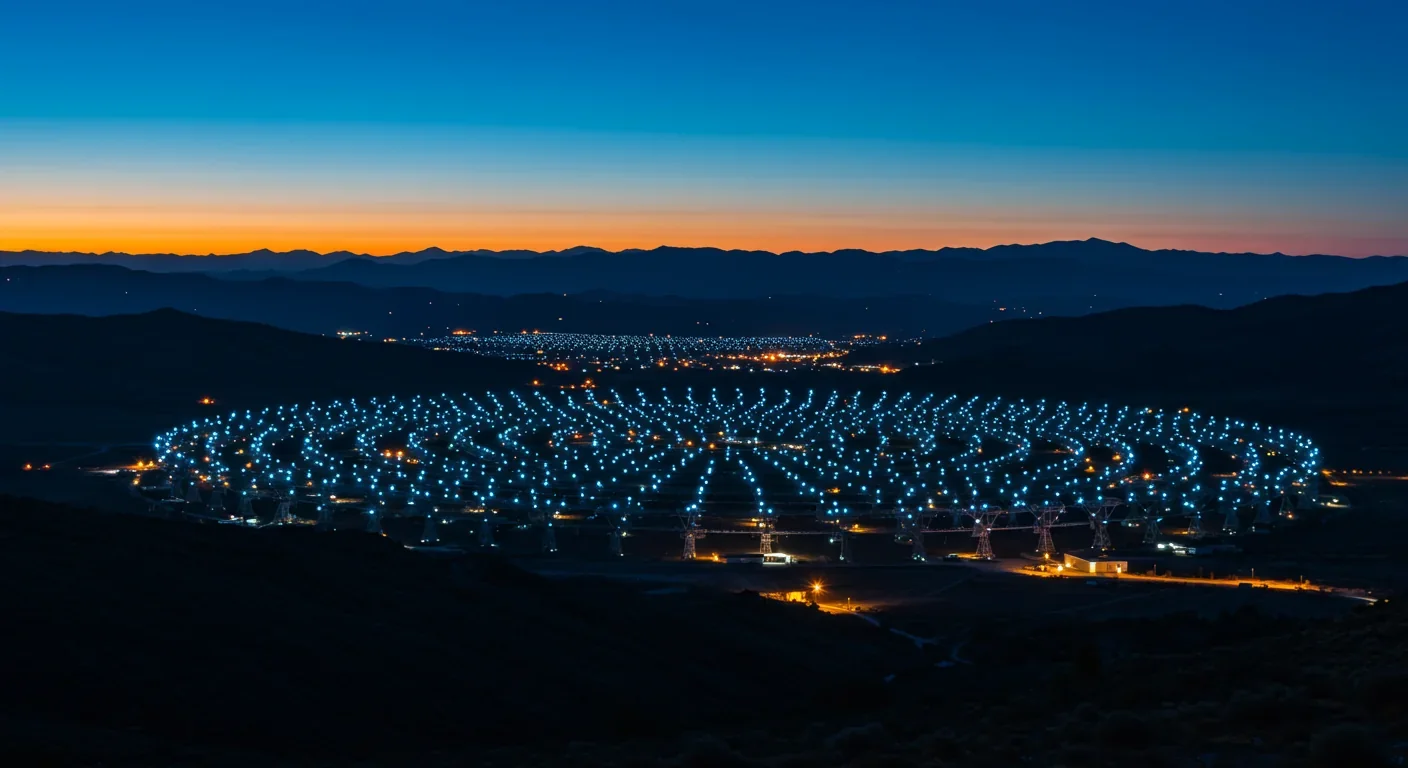
TL;DR: Saturn's iconic rings are temporary, likely formed within the past 100 million years and will vanish in 100-300 million years. NASA's Cassini mission revealed their hidden complexity, ongoing dynamics, and the mysteries that still puzzle scientists.
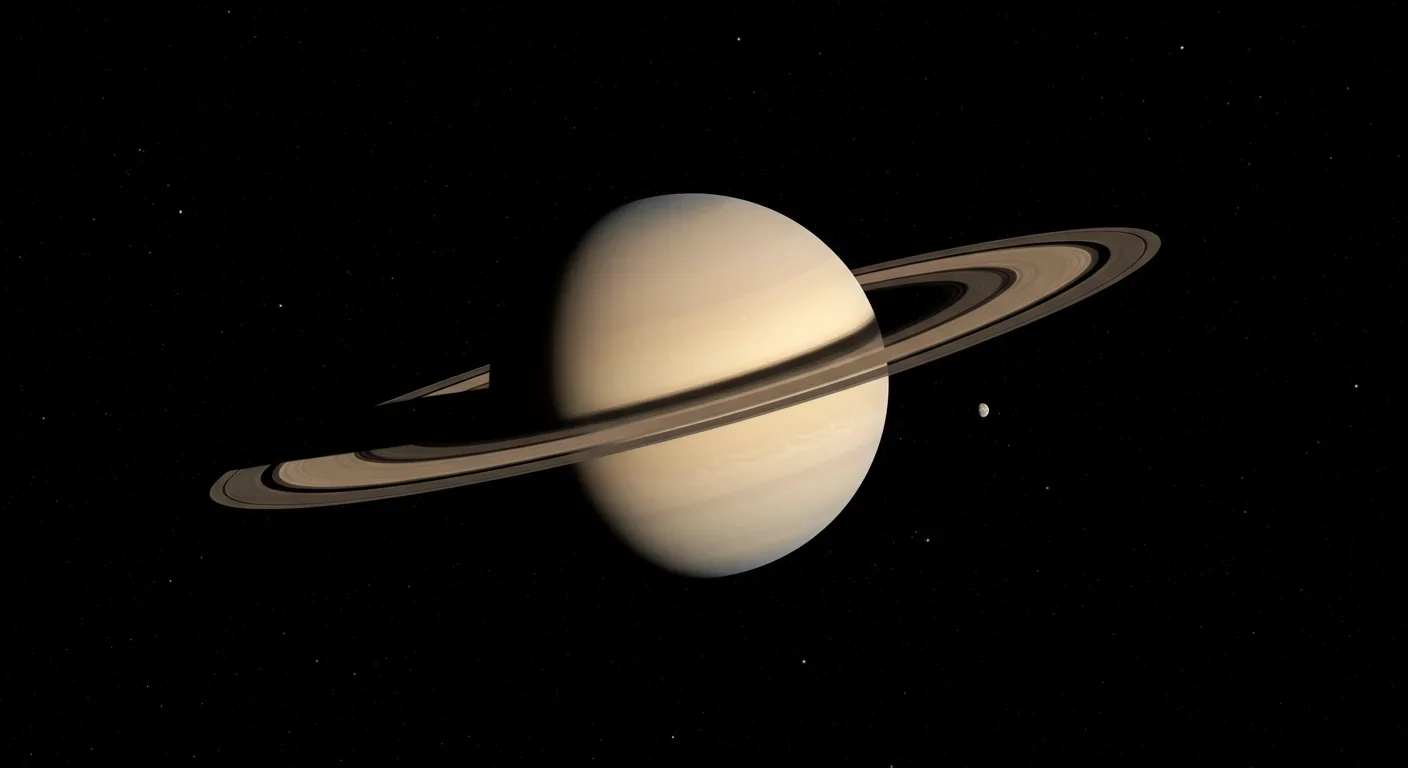
In March 2025, skywatchers will witness something strange: Saturn's magnificent rings will temporarily vanish from view. It's an optical illusion caused by the tilt of the planet, but the disappearance serves as an eerie reminder that these cosmic jewels won't last forever. Scientists now estimate that Saturn's rings have only 100 to 300 million years left before they rain down into the planet's atmosphere and disappear for good. What we're witnessing isn't eternal. It's a fleeting snapshot of one of the solar system's most spectacular features during a brief, brilliant phase of its existence.
This realization represents a fundamental shift in how we understand Saturn's ring system. For decades, scientists assumed the rings formed alongside the planet 4.5 billion years ago. But NASA's Cassini spacecraft, which spent 13 years orbiting Saturn before plunging into the planet's atmosphere on September 15, 2017, revealed something stunning: the rings are likely far younger than Saturn itself, possibly as recent as 10 to 100 million years old.
Saturn's rings stretch an astonishing 282,000 kilometers from the planet's center, yet they're paper-thin by cosmic standards. If you scaled the rings to the size of a football field, they'd be thinner than a sheet of paper. Most sections measure just 10 to 30 meters thick, creating that distinctive flat appearance that has captivated observers since Galileo first glimpsed them through his telescope in 1610.
The ring system consists of seven major divisions designated A through G, though only the three brightest (A, B, and C) are visible from Earth with basic telescopes. Between the A and B rings lies the Cassini Division, a 4,800-kilometer gap discovered by astronomer Giovanni Cassini in 1675. What appears as empty space actually contains faint ringlets sculpted by gravitational interactions with nearby moons.
Despite spanning 282,000 kilometers, Saturn's rings are so thin that if you scaled them to a football field, they'd be thinner than a sheet of paper.
The particles making up these rings range dramatically in size. Some chunks of ice measure smaller than grains of sand, while others rival houses or even mountains. The largest objects, called propeller moonlets, can reach hundreds of meters across. These mini-moons carve distinctive propeller-shaped gaps through the surrounding ring material as they orbit, creating features visible in high-resolution Cassini images.
What are these billions upon billions of particles made of? Mostly water ice, up to 99% pure in some regions. The remaining material includes silicate rocks, iron oxide, and trace amounts of organic compounds. Different rings show different compositions. The A and B rings appear nearly white, reflecting their high ice content, while the C ring and Cassini Division contain darker, rockier material that gives them a dusky appearance.
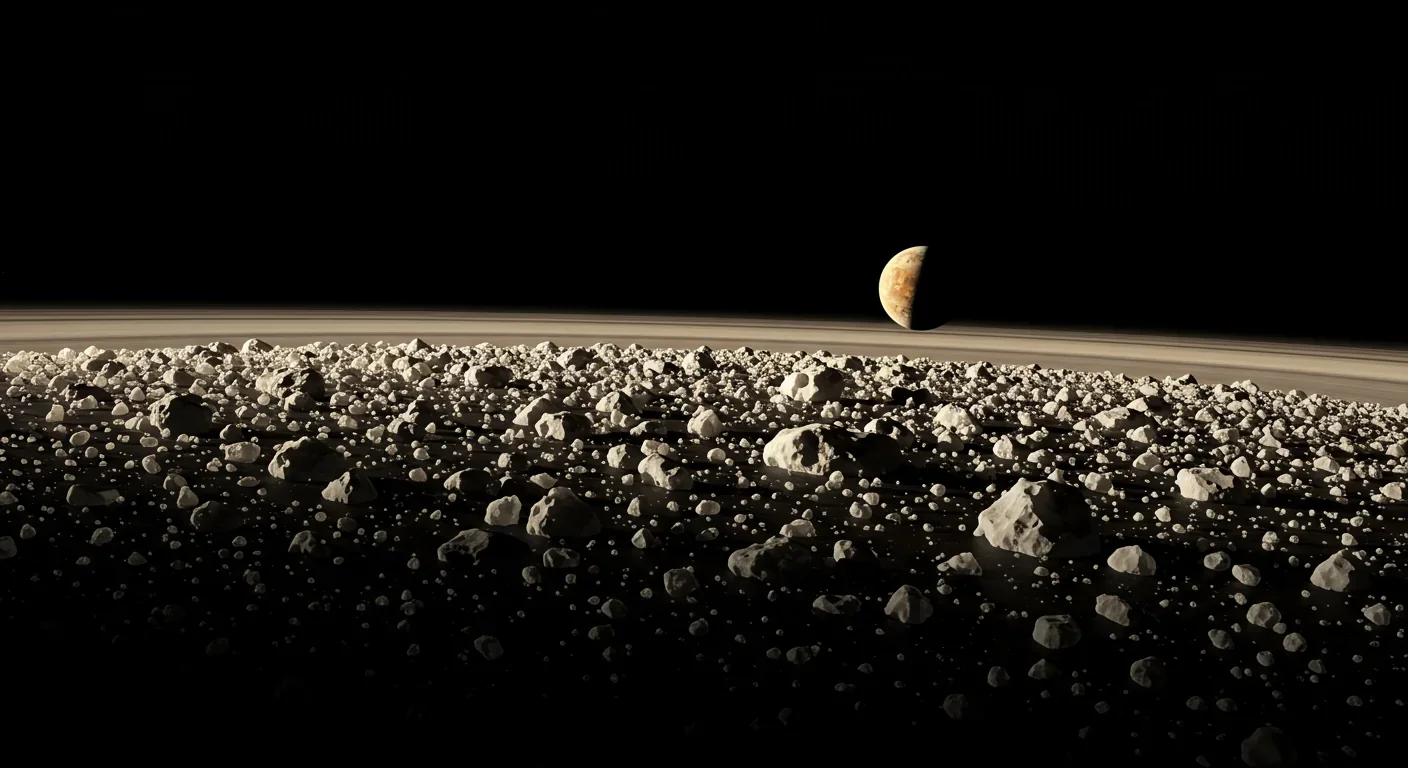
Until recently, most planetary scientists believed Saturn's rings coalesced from the same primordial disk of gas and dust that formed the planet itself, making them as ancient as the solar system. But Cassini's Grand Finale data challenged this long-held assumption.
During its final 22 orbits, Cassini dove repeatedly between Saturn and its innermost rings, sampling the tiny particles raining down into the planet's atmosphere. By measuring the amount of rocky debris mixed in with the ice, scientists could estimate how long the rings had been exposed to micrometeorite bombardment. Pure ice darkens over time as it accumulates dust from space, like snow in a parking lot.
The results shocked researchers. The rings appeared far too clean, too pristine, to have existed for billions of years. Instead, the data suggested they formed sometime within the past 100 million years, during the age of dinosaurs on Earth. Some estimates push the rings even younger, to just 10 million years ago.
But hold on. A 2025 study published in Nature Astronomy complicated the picture. Researchers realized that previous models hadn't accounted for how efficiently ring particles might reject incoming dust through electrical charging and mutual collisions. If the rings have a built-in self-cleaning mechanism, they could appear young while actually being ancient.
The debate continues. What seems clear is that Saturn's rings don't represent some unchanging primordial feature. They're dynamic, evolving, and ultimately temporary.
"The rings appeared far too clean to have existed for billions of years. The data suggested they formed sometime within the past 100 million years, during the age of dinosaurs on Earth."
— NASA Cassini Mission Analysis
The Cassini mission transformed our understanding of Saturn from a static postcard image into a complex, active system. Between its arrival in 2004 and its spectacular farewell dive in 2017, the spacecraft made discovery after discovery that rewrote textbooks.
Perhaps most dramatically, Cassini revealed that the moon Enceladus shoots geysers of water into space from an ocean hidden beneath its icy crust. Much of this material falls back onto the moon, but some escapes to form Saturn's diffuse E ring. When Cassini flew directly through these plumes in 2008, it detected not just water vapor but complex organic molecules, the building blocks of life. The discovery instantly made Enceladus one of the most promising places to search for extraterrestrial life in our solar system.
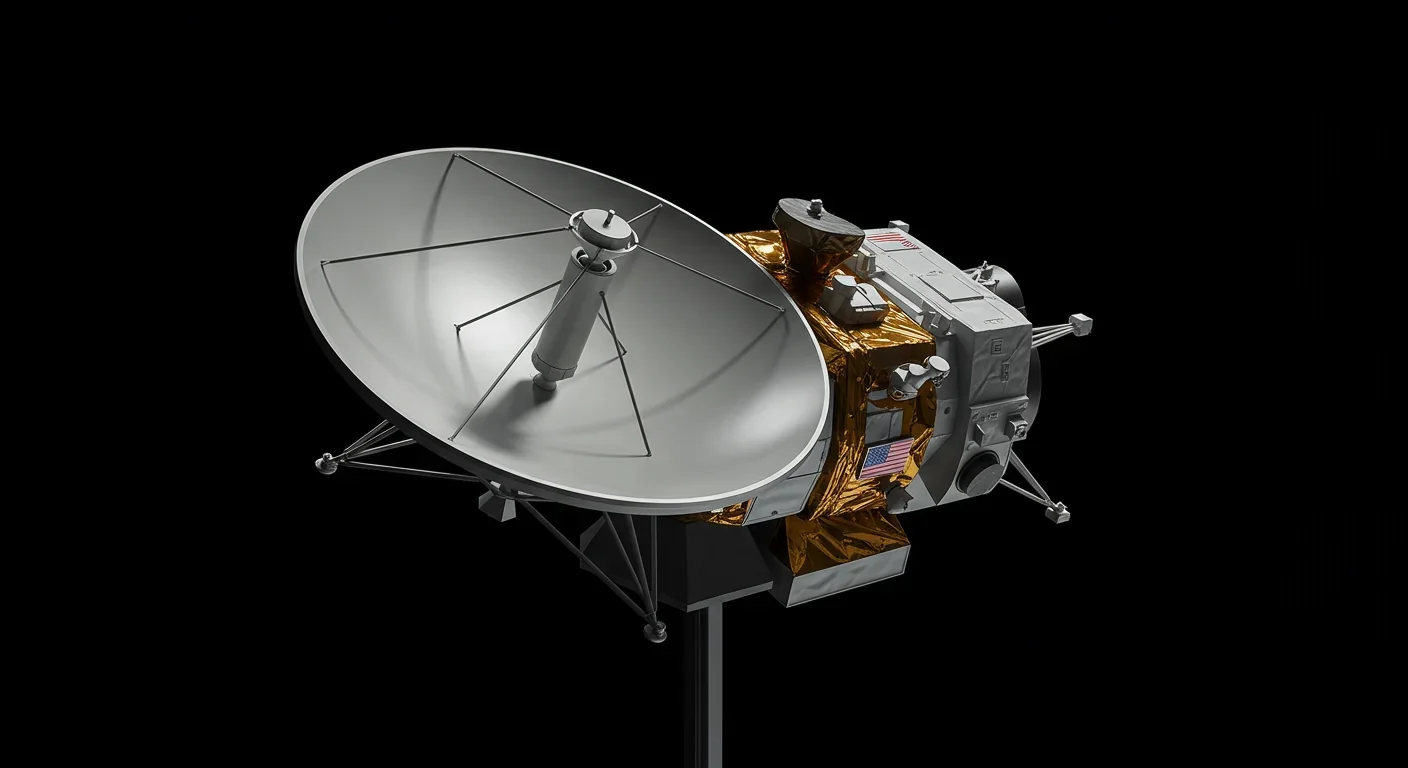
The spacecraft also discovered tiny shepherd moons whose gravity sculpts the rings into sharp edges and intricate structures. Prometheus and Pandora, for example, flank the narrow F ring, their gravitational tugs keeping the ring particles confined. These moons create waves, ripples, and spirals in the rings like speedboats churning up a lake.
During the Grand Finale, Cassini made measurements impossible from any other vantage point. It weighed the rings by detecting their gravitational pull, confirming that despite their enormous diameter, they contain surprisingly little mass. The entire ring system, if compressed together, would form a moon only about 500 kilometers across, smaller than Enceladus.
The spacecraft also measured how material flows off the rings into Saturn's atmosphere. Every second, 400 to 2,800 kilograms of ring particles rain down onto the planet, pulled by gravity and pushed by magnetic fields. At this rate, the rings will completely disappear in 100 to 300 million years.
Saturn's rings aren't static decorations. They pulse with activity, displaying phenomena that still puzzle scientists.
Take the mysterious spokes that appear seasonally in the B ring. These dark, elongated features look like bicycle spokes radiating across the rings. They form in minutes, persist for hours, then vanish. Scientists believe they're caused by tiny dust particles electrostatically levitating above the ring plane, but the exact mechanism remains unclear. The spokes appear most prominently around Saturn's equinoxes, when sunlight hits the rings edge-on.
Every second, 400 to 2,800 kilograms of ring particles rain down onto Saturn. At this rate, the rings will completely disappear in 100 to 300 million years.
The Hubble Space Telescope captured new spoke activity in 2023, providing the first detailed observations since Cassini's mission ended. The data suggests that the spokes are tied to Saturn's seasonal cycle and may be influenced by the planet's magnetic field interacting with ring particles.
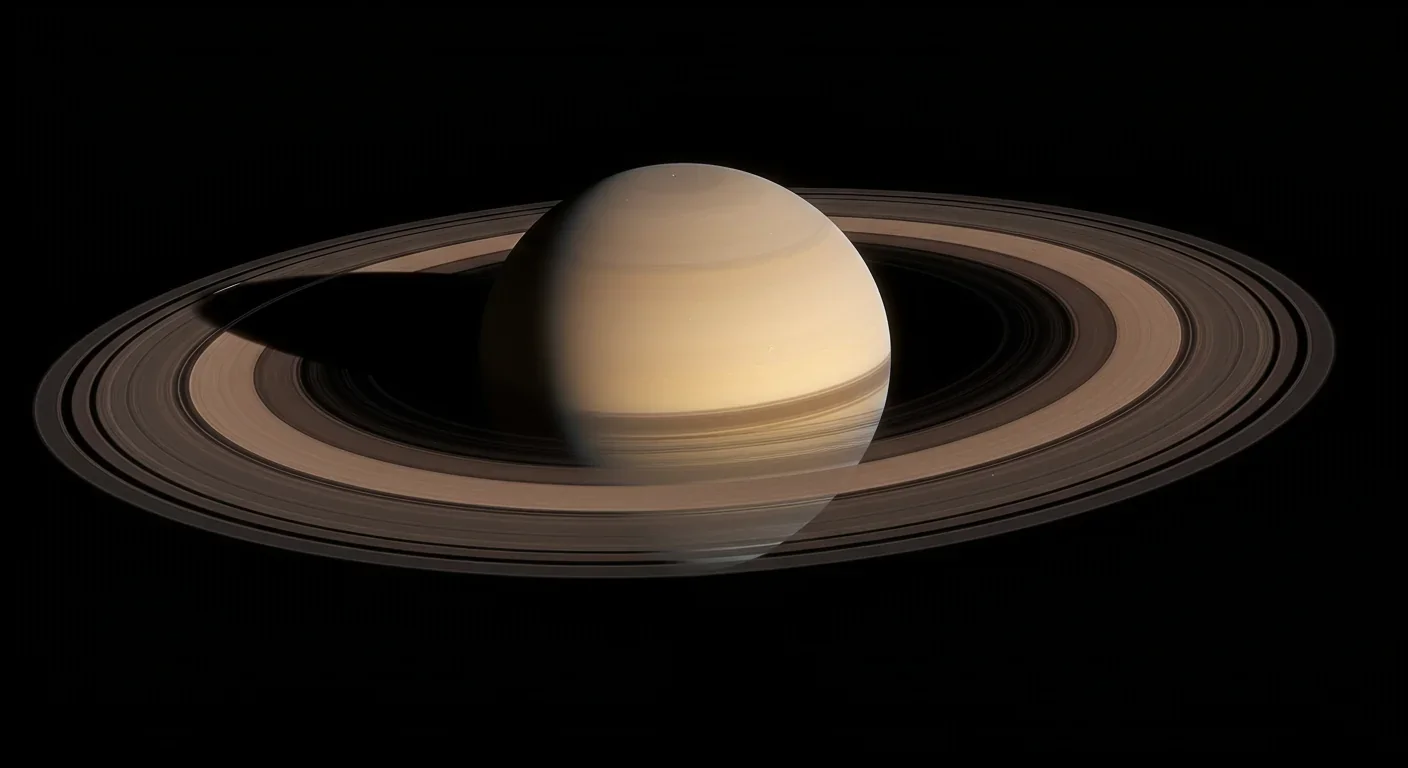
Then there are the propeller features, discovered by Cassini in the A ring. These structures, shaped like airplane propellers, are created by embedded moonlets too small to be seen directly. As these mini-moons orbit, they push ring particles aside, creating distinctive gaps. Over 150 propeller structures have been identified, and tracking their movements helps scientists understand how ring material migrates and evolves.
Wave patterns ripple through the rings like sound waves through water. Some are triggered by the gravitational pull of Saturn's moons, while others reflect oscillations deep within Saturn itself. By analyzing these waves, scientists can peer inside the planet, using the rings as a seismograph to study Saturn's internal structure.
All four giant planets in our solar system have ring systems, but Saturn's are by far the most spectacular. Jupiter's rings are faint and dusty. Uranus and Neptune have dark, narrow rings that are nearly invisible. Why is Saturn special?
The answer involves a concept called the Roche limit. This is the distance from a planet where tidal forces become strong enough to tear apart any object held together only by gravity. Inside the Roche limit, material can't coalesce into a moon. Instead, it remains scattered as ring particles.
Saturn's rings exist entirely within its Roche limit. Any moon that wandered too close, or any comet that passed within this danger zone, would be shredded by tidal forces. This may be exactly how the rings formed. The leading theory suggests that a moon or large comet ventured too close to Saturn sometime in the past 100 million years. Tidal forces ripped it apart, scattering billions of icy fragments that gradually spread into the flat disk we see today.
Why don't Earth and Mars have rings? Smaller planets have smaller Roche limits. While it's theoretically possible for rocky planets to have rings, they would be unstable and short-lived. Earth may have temporarily had a ring system billions of years ago, formed from debris after the giant impact that created our Moon, but it would have quickly dissipated.
Interestingly, scientists now believe that rings around planets are temporary features on cosmic timescales. Mars's moons Phobos and Deimos may eventually be torn apart to form rings. Neptune may have had more spectacular rings in the past that have since faded. We're fortunate to live in an era when Saturn's rings exist in their full glory.
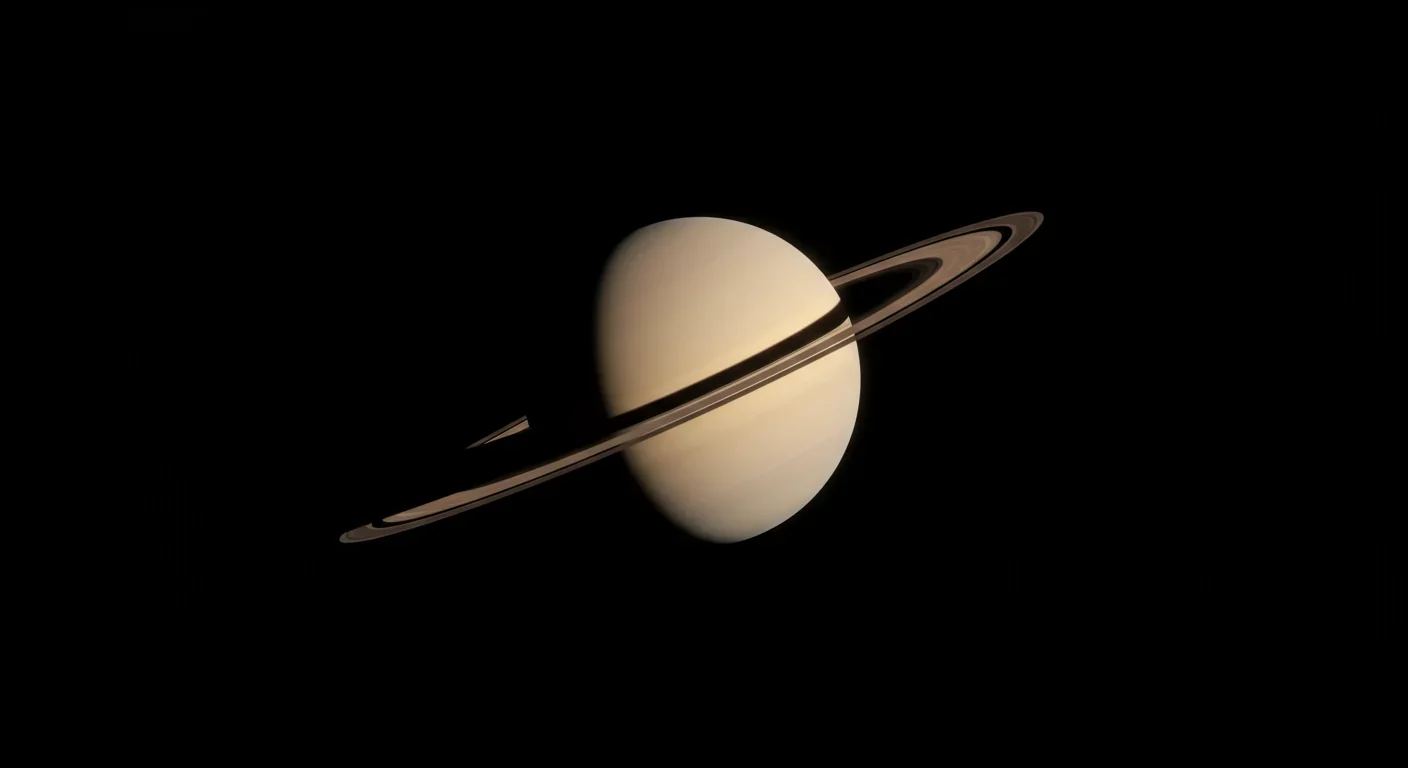
Despite Cassini's groundbreaking observations, Saturn's rings still guard their secrets.
The exact formation mechanism remains debated. Did the rings form from a destroyed moon, as most scientists believe? Or could they have originated from a comet that ventured too close? Some researchers even propose that the rings could be remnants of the solar system's formation that somehow remained pristine for billions of years despite the age evidence suggesting otherwise.
The recent dust-shielding hypothesis adds another layer of complexity. If ring particles can electrostatically repel incoming meteoritic dust, then our age estimates based on ring purity could be completely wrong. The rings might look young while actually being ancient, like a well-preserved artifact.
Scientists still don't fully understand the spokes. Why do they form? Why do they follow seasonal patterns? The electromagnetic interactions between charged particles, Saturn's magnetic field, and solar radiation create a complex system that defies simple modeling.
The rings also influence Saturn itself in unexpected ways. A 2023 Hubble study revealed that the rings are heating Saturn's upper atmosphere. Icy ring particles rain into the planet, releasing energy and affecting atmospheric chemistry. This interaction may explain previously mysterious ultraviolet emissions from Saturn's atmosphere.
"The rings might look young while actually being ancient, like a well-preserved artifact that defies our dating methods."
— Planetary Science Research, 2025
No spacecraft currently orbits Saturn, and no missions are definitively scheduled to return soon. But planetary scientists are already planning the next generation of Saturn explorers.
Proposed missions include orbiters that would focus specifically on the ring system, using advanced instruments to measure particle composition, track individual moonlets, and study ring dynamics at unprecedented resolution. Some concepts include ring-penetrating probes that could sample particles directly.
Saturn's moons, particularly Enceladus and Titan, remain high-priority targets for astrobiological exploration. Any future mission to these moons would likely include observations of the rings, especially to understand how Enceladus continually supplies the E ring with fresh material.
Ground-based observations continue to provide valuable data. The James Webb Space Telescope can study the rings in infrared wavelengths, revealing temperature variations and composition details invisible to optical telescopes. The Hubble Space Telescope monitors seasonal changes, tracking the appearance and disappearance of spokes and other transient features.
Amateur astronomers also contribute to ring science. Every 13 to 15 years, when Earth passes through Saturn's ring plane, the rings appear edge-on and temporarily vanish from view, even through powerful telescopes. These events, like the one occurring in March 2025, provide opportunities to study the rings' vertical structure and detect moons or features normally hidden by glare.
Here's the unsettling truth that modern astronomy has revealed: Saturn won't always have rings. In 100 to 300 million years, give or take, the majestic ring system will be gone, consumed by the planet it orbits.
This timeline might seem impossibly distant, but on cosmic scales, it's a blink. Saturn itself is 4.5 billion years old. If the planet's life were compressed into a single year, the rings appeared sometime around Christmas and will vanish shortly into the new year. We live in the equivalent of New Year's Eve, fortunate enough to witness this spectacular but temporary phenomenon.
If Saturn's 4.5-billion-year life were compressed into one year, the rings appeared around Christmas and will vanish shortly into the new year. We're living on New Year's Eve.
The realization changes how we think about planetary systems. Features we assumed were permanent and primordial turn out to be recent and fleeting. The solar system isn't a static museum. It's a dynamic environment where catastrophic events like moon-shattering collisions create temporary wonders that gradually fade.
As one New Yorker essay poignantly noted, Saturn is losing its rings at the worst possible time, when humanity is just beginning to truly understand and appreciate them. We've had telescopes capable of viewing the rings for only 400 years. We've sent spacecraft to study them up close for less than 50 years. And they'll be gone in a few hundred million years.
But this impermanence makes the rings more precious, not less. We're witnessing something that hasn't always existed and won't last forever. Every image from Cassini, every observation from Earth, captures a moment in a cosmic spectacle that's already fading. Future civilizations, whether human or otherwise, may look at Saturn and see only a ringless gas giant, wondering if the ancient records describing its magnificent rings were some kind of myth.
For now, though, the rings remain. They catch the sunlight, cast shadows on Saturn's cloud tops, and inspire wonder in everyone who sees them. They remind us that the universe is full of beauty that's both spectacular and transient. And they challenge us to keep exploring, keep questioning, and keep uncovering the secrets hidden in plain sight.
The next time you see Saturn through a telescope, those familiar rings shining in the darkness, remember: you're looking at something that won't last. A temporary arrangement of ice and rock, sculpted by gravity and time, putting on a show for anyone who cares to look. In the grand scheme of cosmic time, we're incredibly lucky to be here to see it.

Saturn's iconic rings are temporary, likely formed within the past 100 million years and will vanish in 100-300 million years. NASA's Cassini mission revealed their hidden complexity, ongoing dynamics, and the mysteries that still puzzle scientists.

Scientists are revolutionizing gut health by identifying 'keystone' bacteria—crucial microbes that hold entire microbial ecosystems together. By engineering and reintroducing these missing bacterial linchpins, researchers can transform dysfunctional microbiomes into healthy ones, opening new treatments for diseases from IBS to depression.

Marine permaculture—cultivating kelp forests using wave-powered pumps and floating platforms—could sequester carbon 20 times faster than terrestrial forests while creating millions of jobs, feeding coastal communities, and restoring ocean ecosystems. Despite kelp's $500 billion in annual ecosystem services, fewer than 2% of global kelp forests have high-level protection, and over half have vanished in 50 years. Real-world projects in Japan, Chile, the U.S., and Europe demonstrate economic via...

Our attraction to impractical partners stems from evolutionary signals, attachment patterns formed in childhood, and modern status pressures. Understanding these forces helps us make conscious choices aligned with long-term happiness rather than hardwired instincts.

Crows and other corvids bring gifts to humans who feed them, revealing sophisticated social intelligence comparable to primates. This reciprocal exchange behavior demonstrates theory of mind, facial recognition, and long-term memory.

Cryptocurrency has become a revolutionary tool empowering dissidents in authoritarian states to bypass financial surveillance and asset freezes, while simultaneously enabling sanctioned regimes to evade international pressure through parallel financial systems.

Blockchain-based social networks like Bluesky, Mastodon, and Lens Protocol are growing rapidly, offering user data ownership and censorship resistance. While they won't immediately replace Facebook or Twitter, their 51% annual growth rate and new economic models could force Big Tech to fundamentally change how social media works.